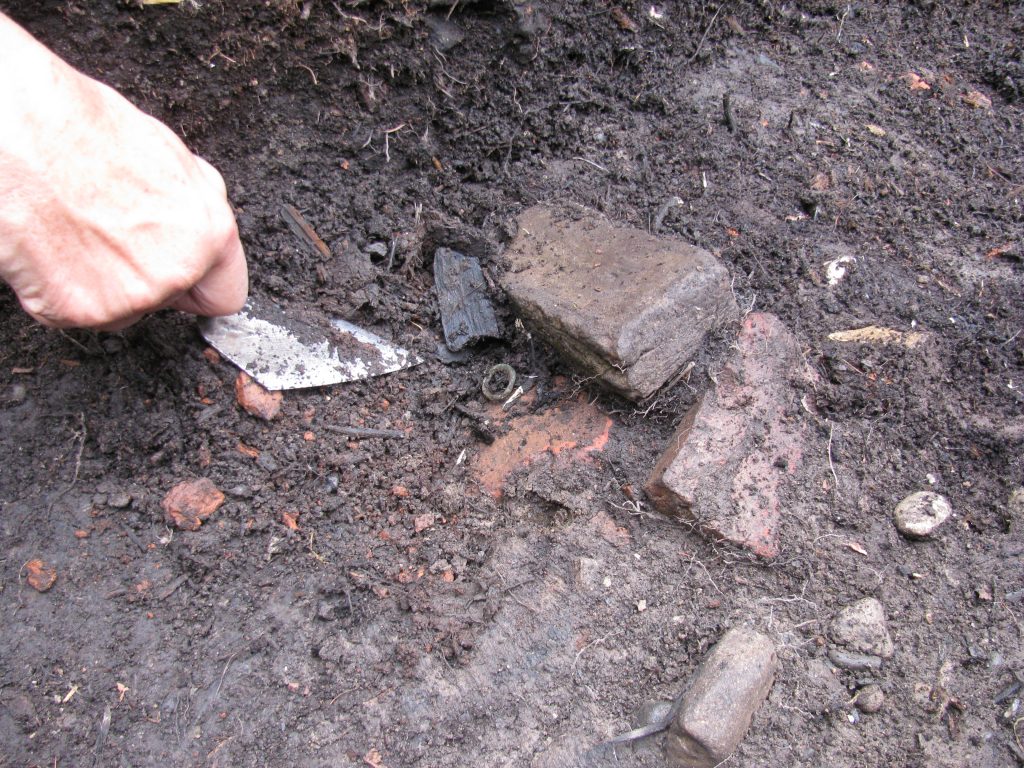New Severn Post Archaeological Project: Excavations at the Old Fort
This is the fifth post in a series by Dr. Jean-Luc Pilon on the work he is conducting as part of the New Severn Post archaeological project.
The main objective of our archaeological work at GlIw-1 in August 2016 was to learn more about a possible European presence near the Indigenous encampment at Feature B of GlIw-1. There are still some important questions to be answered, arising from David Christianson’s 1980 work at Feature A of that same site, which was the location of the 1685 Hudson’s Bay Company fort.
For example, examination of animal bones found by Christianson revealed that very few of them showed any sign of the cataclysmic fire that had not only destroyed the fur trade post in 1690, but had also warped, twisted and melted many of the glass, ceramic and metal artifacts left behind. Why had the animal bones been spared?
One possible explanation was that the Old Fort, as the people of Fort Severn call it, had since been re-used in one way or another. Perhaps, in the decades following the fort’s destruction, it had been used for short-term stays by passing hunters and their families, given that the land is high, well-drained and relatively flat. Another explanation could be that Europeans now living in the area of the former Indigenous camp used the Old Fort as a place to dispose of their refuse, which included bones from the various animals upon which they depended for survival: mostly caribou, ducks and geese.

Archaeological research project along the lower Severn River. Canadian Museum of History. Photo: Jean-Luc Pilon, IMG1609
With these questions in mind, we set about attempting to match what we could perceive of Christianson’s excavation units to his map of the work he had done on the site. Unfortunately, the Old Fort had become quite overgrown. Nature had been slowly reclaiming and erasing human history. We laid out an excavation unit measuring 50 cm x 2 metres, in order to see whether re-occupation of the Old Fort could be identified by the soil stratigraphy: the sequence of soil layers and their archaeological contents.
This proved to be a great challenge as the soils were much deeper than anticipated and much more complex than a narrow trench could allow us to understand. In the end, both time and permafrost forced us to halt our work.